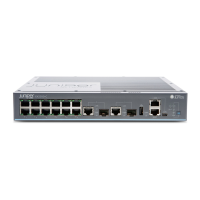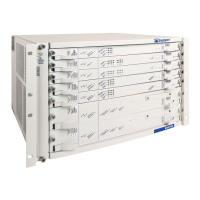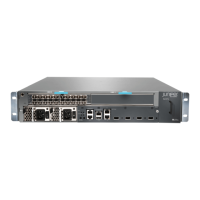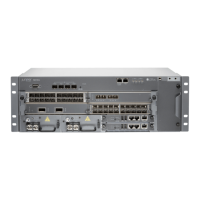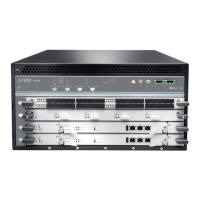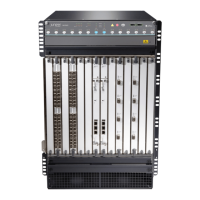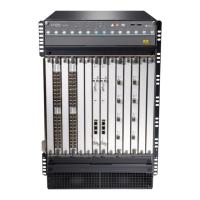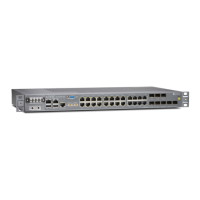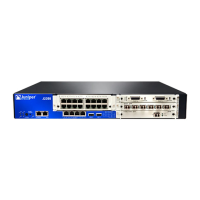Related
Documentation
Understanding Layer 2 Port Mirroring Properties on page 4•
• Restrictions on Layer 2 Port Mirroring
• Application of Layer 2 Port Mirroring Types
• Application of Layer 2 Port Mirroring Types
Understanding Layer 2 Port Mirroring Properties
Port mirroring specifies the following types of properties:
•
Packet-Selection Properties on page 4
•
Packet Address Family on page 4
•
Mirror Destination Properties on page 5
•
Mirror-Once Option on page 5
Packet-Selection Properties
The packet-selection properties of Layer 2 port-mirroring specify how the sampled
packets are to be selected for mirroring:
•
The number of packets in each sample.
•
The number of packets to mirror from each sample.
•
The length to which mirrored packets are to be truncated.
Packet Address Family
The packet address family type specifies the type of traffic to be mirrored. In a Layer 2
environment, MX Series routers and EX Series switches support port mirroring for the
following packet address families:
•
Family type ethernet-switching—For mirroring VPLS traffic when the physical interface
is configured with encapsulation type ethernet-bridge.
•
Family type ccc—For mirroring Layer 2 VPN traffic.
•
Family type vpls—For mirroring VPLS traffic.
NOTE: In typical applications, you send mirrored packets directly to an
analyzer or a workstation for analysis, not to another router or switch. If you
must send mirrored packets over a network, you should use tunnels. For
Layer 2 VPN implementations, you can use the Layer 2 VPN routing instance
type l2vpn to tunnel the packets to a remote destination.
For information about configuring a routing instance for Layer 2 VPN, see the Junos OS
VPNs Library for Routing Devices. For a detailed Layer 2 VPN example configuration, see
Copyright © 2016, Juniper Networks, Inc.4
Port Mirroring Feature Guide for EX9200 Switches
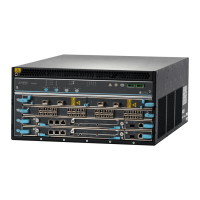
